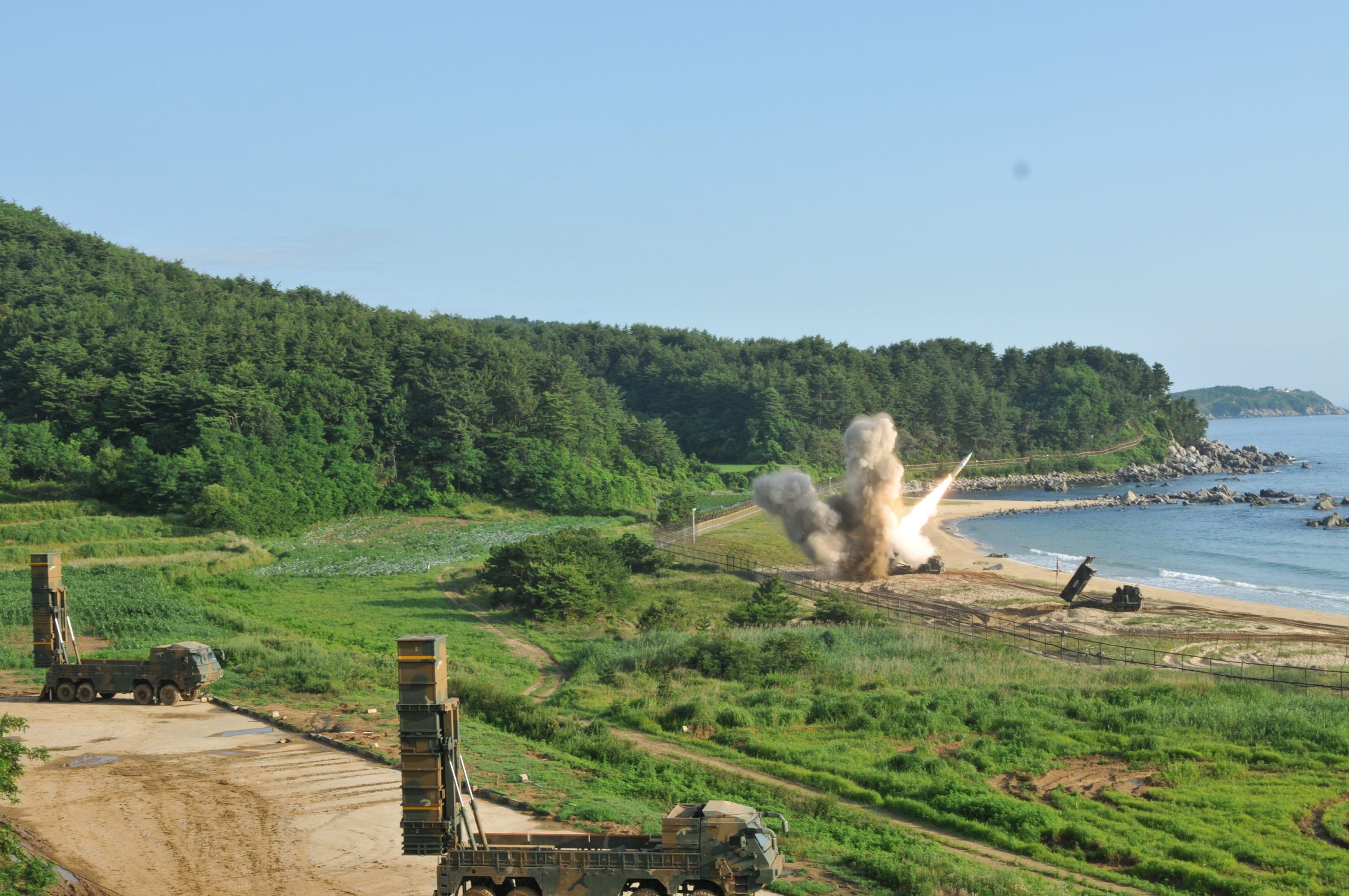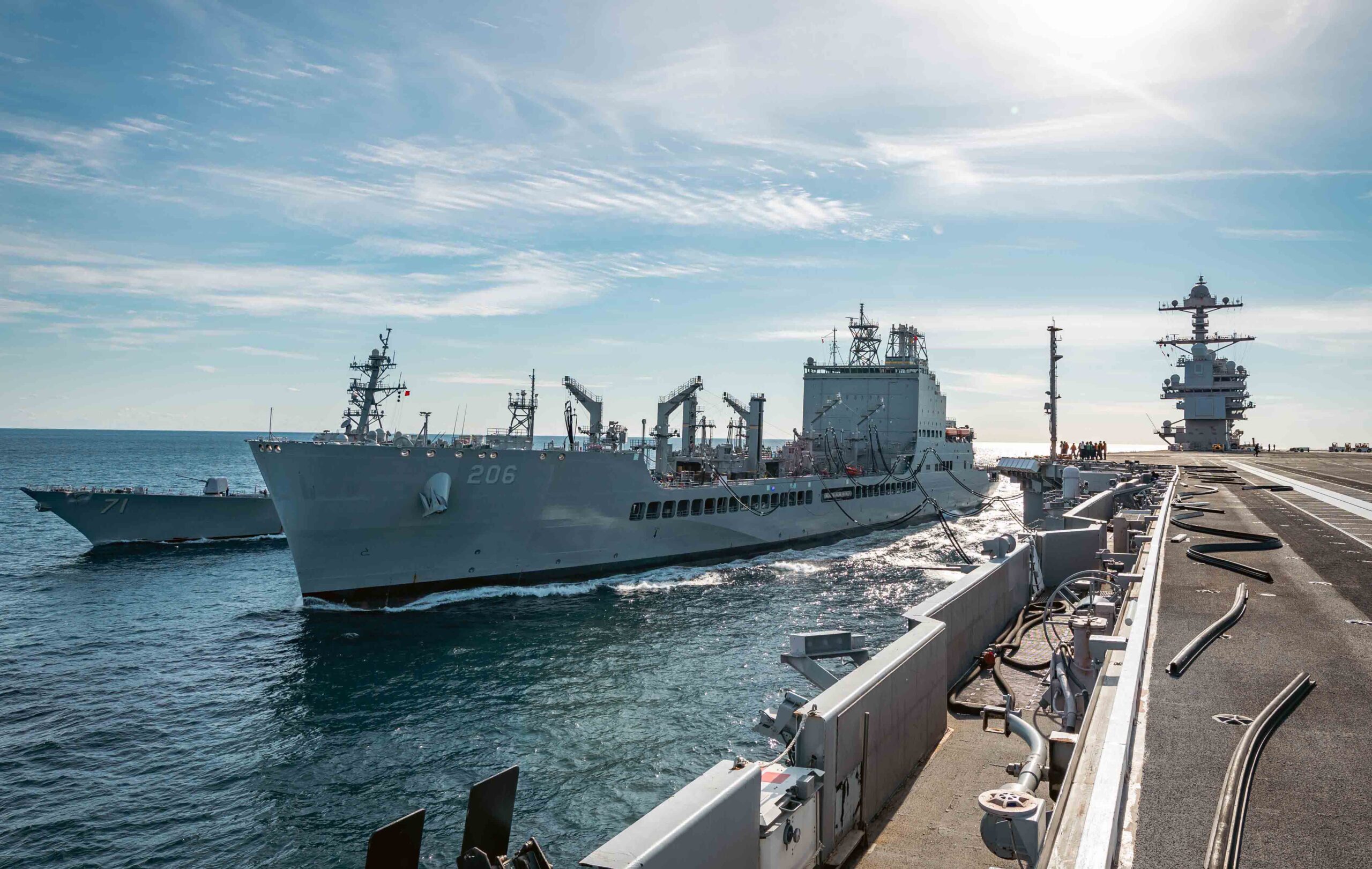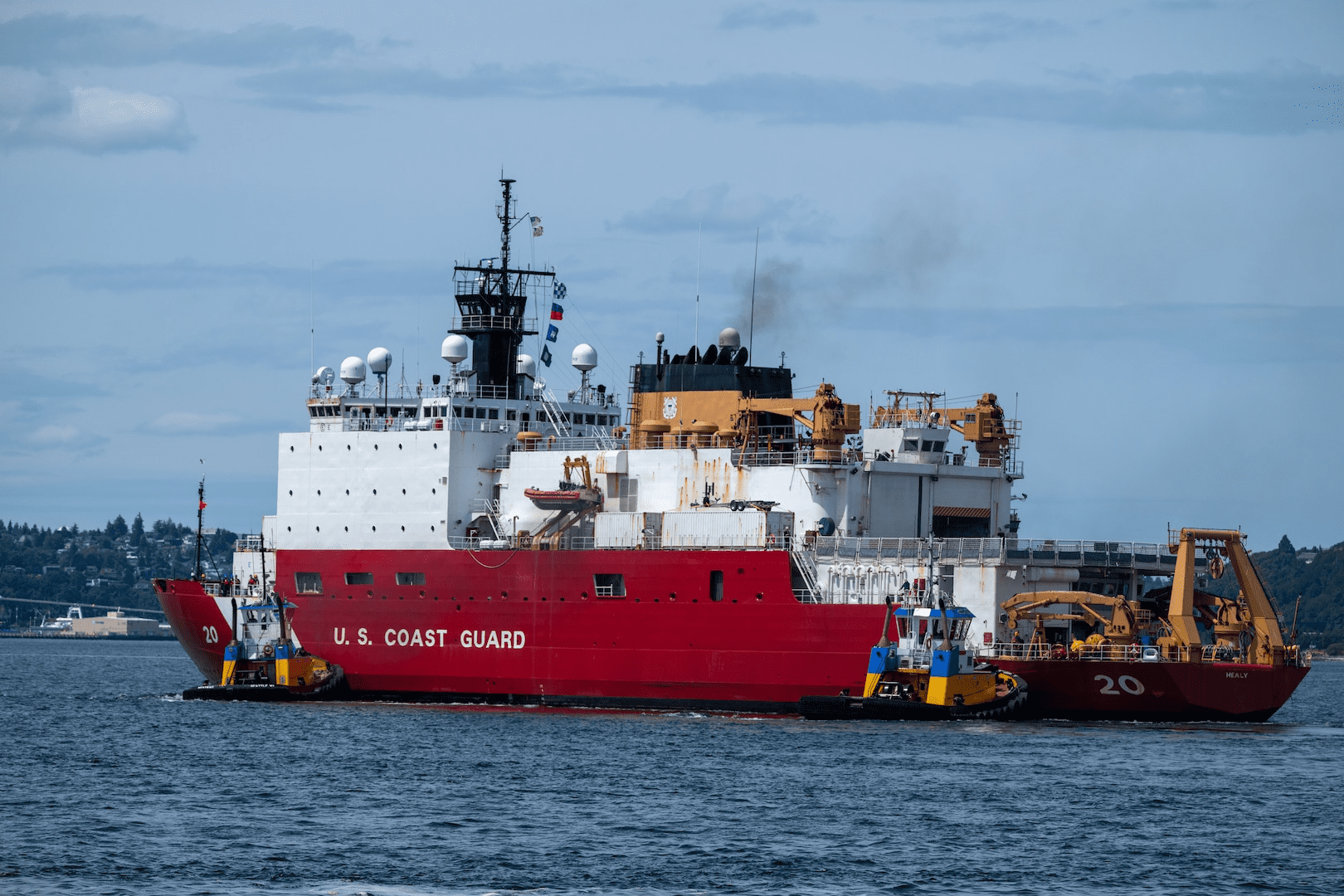By Jon Herskovitz and Heesu Lee (Bloomberg)The US and South Korea fired eight missiles Monday after North Korea launched a similar number the day before, setting an annual record under Kim Jong Un as he ramps up provocations to some of the highest levels of his leadership.
The two allies test-fired ground-to-ground Army Tactical Missile System rockets into waters off the east coast of South Korea, the country’s Joint Chiefs of Staff said in a statement. The US Army fired one missile and South Korea’s military fired seven, US Forces Korea said. The missiles have a maximum range of 300 kilometers (185 miles), according to maker Lockheed Martin.
“Our government will respond to any North Korean provocation firmly and sternly,” South Korean President Yoon Suk Yeol said at a Memorial Day ceremony at Seoul National Cemetery. He added Pyongyang’s provocations were intensifying and his administration would make sure “there isn’t a single crack” in protecting lives and property.
Related Book: To Risk It All: Nine Conflicts and the Crucible of Decision – 2022 – by Admiral James Stavridis
This is the second time in about two weeks the US and South Korea have responded to North Korean tests with launches. The moves come after US President Joe Biden went to Seoul in late May to meet his new counterpart Yoon, where they agreed to look at stepping up joint drills and taking a harder line against Pyongyang’s provocations.
On Sunday, North Korea fired eight short-range missiles from four locations within about 35 minutes, South Korea’s military said. The test appeared to be a demonstration of the state’s ability to quickly deploy and fire off missiles from various sites, which could make it difficult for US-operated interceptors in the region to shoot them down.
The single-day ballistic barrage is likely the biggest since Kim took power a decade ago, with launches for this year already beating the previous annual record of 24 in 2017 and 2019. North Korea has fired off 31 ballistic missiles in 2022, including at least two failed attempts.
Kim also appears to be near conducting his first nuclear test since 2017, the US’s top envoy for North Korea, Sung Kim, said as he met his counterparts from South Korea and the US over the past few days.
“We know it’s coming, so it’s a matter of when, not if,” said Soo Kim, a policy analyst with the Rand Corp. who previously worked at the Central Intelligence Agency. “The number of missiles fired is still sufficient in telling the world he’s serious, and that there will be more coming down the pike,” she said.
Biden and US allies might not have much leverage in trying to slow down the tests or ratchet up global sanctions to punish Pyongyang for its provocations. The US push to isolate Russia over President Vladimir Putin’s war in Ukraine, coupled with increasing animosity toward China, has allowed Kim to strengthen his nuclear deterrent without fear of facing more sanctions at the UN Security Council.
China and Russia in late May vetoed a UN Security Council resolution drafted by the US to tighten sanctions on North Korea for its ballistic missile tests this year.
South Korea and the US staged a joint naval drill in international waters off Japan’s island prefecture of Okinawa this month, which likely raised Pyongyang’s ire. North Korea for years has called joint drills a prelude to an invasion and nuclear war, and threatened retaliation.
Kim Jong Un has long sought to draw out the possibility of disarmament talks as a way to scale back the joint US-South Korea drills, something that former President Donald Trump controversially agreed to during his summits with the North Korean leader — which resulted in no concrete steps to wind down Pyongyang’s atomic arsenal.
During their talks in Seoul last month, Biden affirmed the US’s commitment to help defend South Korea “using the full range of US defense capabilities, including nuclear, conventional, and missile defense capabilities,” the leaders said. Biden has said the door is open for Kim to return to discussions, which have been stalled for about three years.
North Korea fired three missiles on May 25, including a suspected intercontinental ballistic missile designed to strike the US with a nuclear warhead, hours after Biden finished his first trip as president to South Korea and Japan. That barrage was one of the biggest provocations from Pyongyang to coincide with a US president’s visit to the region.
The US and South Korea conducted combined missile launches shortly after, marking the first time the two have had a tit-for-tat launch since 2017, Yonhap News Agency said.
North Korea’s official media was silent Monday morning about its latest missile launches. Over the past few weeks, it has not made mention of its weapons tests as the state battles a Covid outbreak that threatens to overwhelm its antiquated medical system.
Ankit Panda, a senior fellow in the nuclear policy program at the Carnegie Endowment for International Peace, said the reason for the silence could be mundane.
“The Academy of National Defense Science is seeking to keep to its developmental testing schedules for the year and state media simply has been directed not to cover this testing, lest it indicates a distracted national leadership to the North Korean people,” he wrote in a recent piece for specialist service NK News.
By Jon Herskovitz and Heesu Lee With assistance from Sangmi Cha. © 2022 Bloomberg L.P.

 Join The Club
Join The Club











